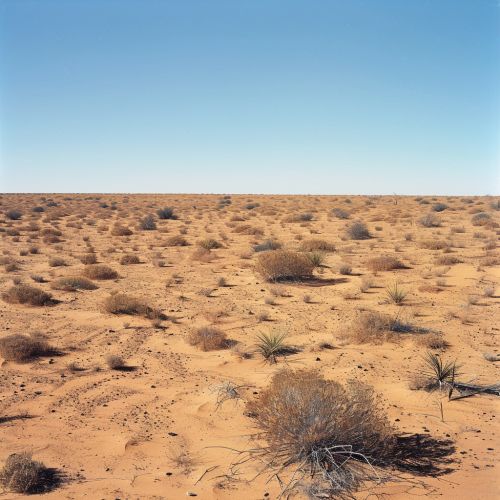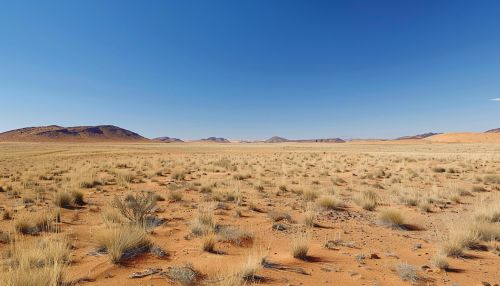Turkmenistan
Geography
Turkmenistan, a country located in Central Asia, is bordered by Kazakhstan and Uzbekistan to the north and east, Iran and Afghanistan to the south, and the Caspian Sea to the west. The country's terrain is predominantly desert, with dunes rising to mountains in the south. The Karakum Desert, one of the world's largest sand deserts, covers approximately 70% of the country's land area.


History
The history of Turkmenistan is characterized by numerous invasions and conquests due to its strategic location on the Silk Road, a major trade route connecting the East and West. The region was part of the Achaemenid Empire, the Parthian Empire, and the Sassanian Empire before the Arab conquest in the 7th century brought Islam to the area. The area was later incorporated into the Seljuk Empire, the Khwarazmian Empire, and the Mongol Empire.
Politics
Turkmenistan is a presidential republic, with the President serving as both the head of state and the head of government. The political system is characterized by a strong presidency, with the President having the power to appoint and dismiss ministers, judges, and other high-ranking officials. The People's Council of Turkmenistan is the highest representative body, and the Assembly of Turkmenistan is the legislative body.
Economy
The economy of Turkmenistan is largely based on the production of natural gas, oil, and cotton. The country has the fourth largest reserves of natural gas in the world, and the gas industry is the backbone of the economy. The agricultural sector, dominated by cotton production, also plays a significant role in the economy. Turkmenistan is one of the world's leading producers of cotton.
Culture
Turkmen culture is rich and diverse, with strong influences from Persian, Islamic, and Turkic traditions. The Turkmen people have a rich oral tradition, with epic poetry and storytelling playing a significant role in cultural life. Traditional Turkmen music and dance are also important aspects of cultural expression.
